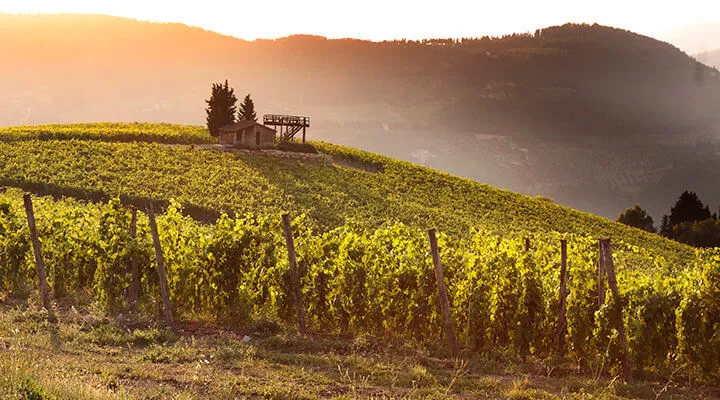
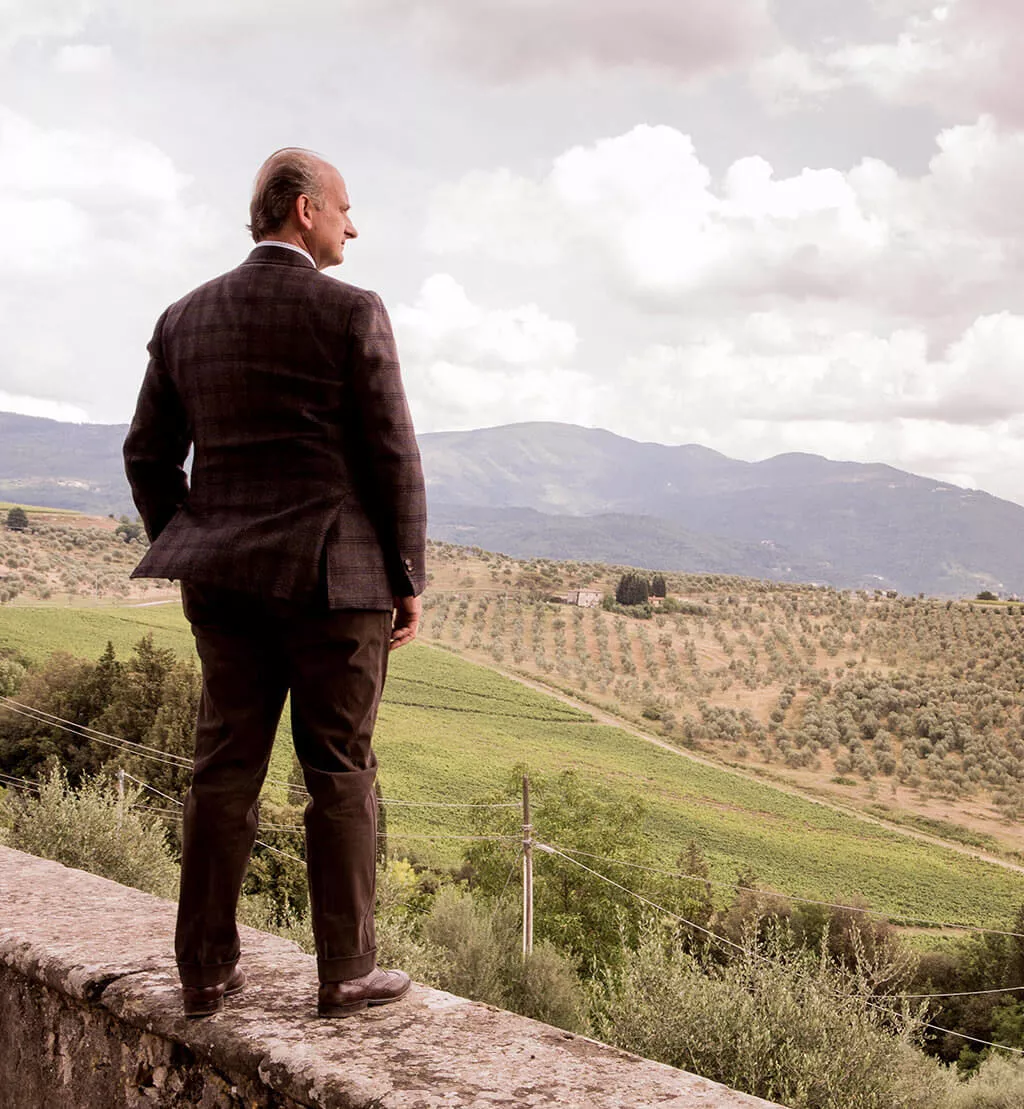
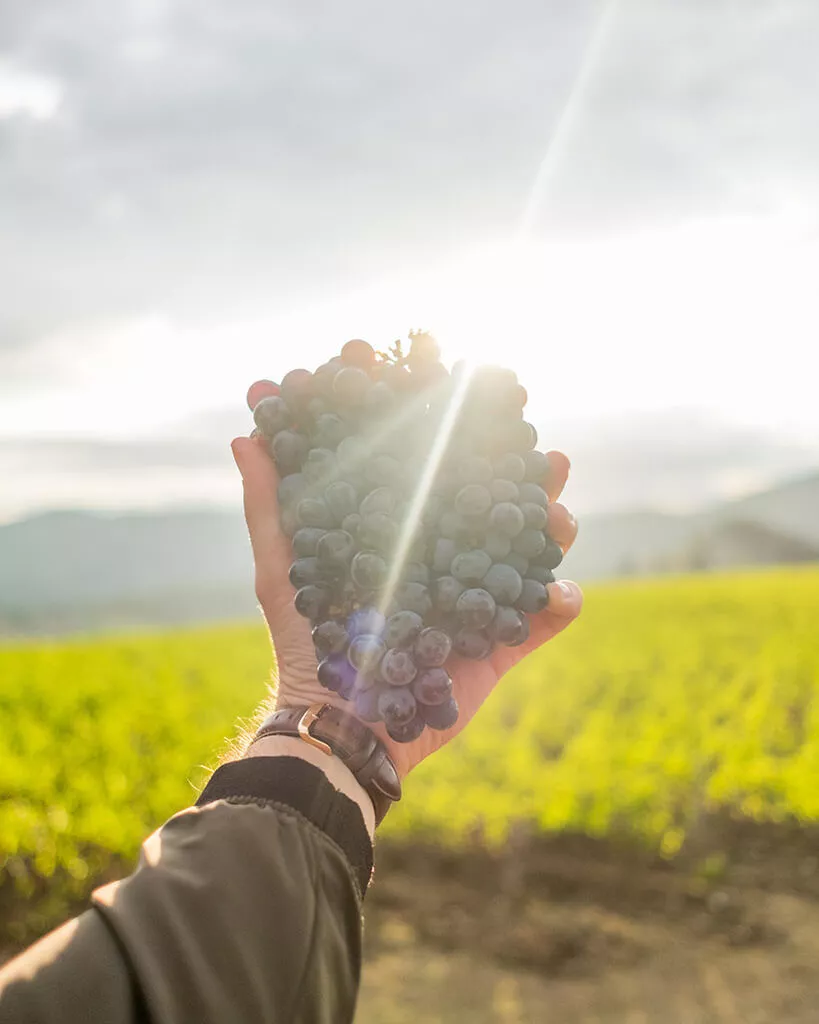
MissionandVision
Cultivating Toscana Diversity
The little joys of life, the pleasure of flavours and taste – these are the sensations Tuscany offers, and which Frescobaldi wishes to dedicate to whoever sees in wine a culture beyond the vine and the grape. The dream of my family is to share our work, our emotions and our passion through our wines, to share a life dedicated to understanding and developing these terroirs, inspired by the spirit of Tuscany, the art of what is beautiful and what is good. One thousand years of family history are a unique and incomparable treasure of knowledge and tradition. It is our duty to share this passion with future generations, passing on our love for these eternal places, these eternal hills.
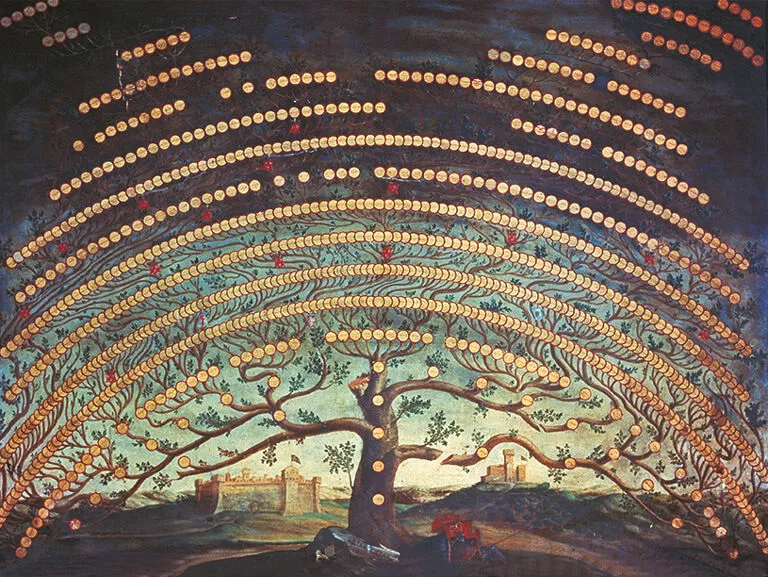
A commitment to viticulture and to agriculture in general has always been a prominent hallmark of the Frescobaldi family, who have been producing wine in Tuscany for seven hundred years, beginning in the early 1300s. And that family history is filled with illustrious ancestors: literary figures, explorers, musicians, financiers, bishops, and statesmen. The Frescobaldi archives boast many ancient documents and historical registers, such as commercial contracts with an array of European Courts, beginning in the 13th century. In the 15th and 16th centuries, the Florentine wine house furnished wine to the Court of England and to the Papal Court in Rome, amongst others. Even earlier, the Frescobaldis had established relationships and commercial ties with the workshops of numerous artists, among them Donatello, Michelozzo Michelozzi, and Filippo Brunelleschi.
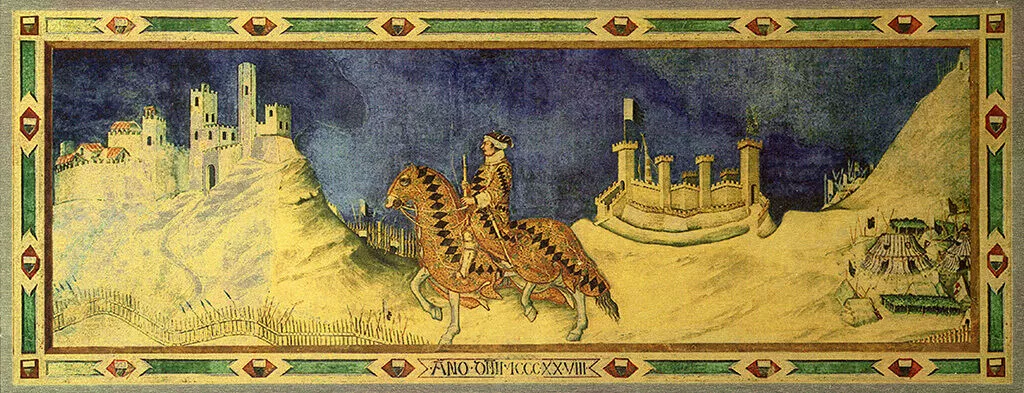
Around the year 1000, the first members of the familymoved to Florence from the Val di Pesa, where their most ancient agricultural estate, the Tenuta Castiglioni, still flourishes today. In that era, the cities in Italy’s centre and north were making impressive advances economically, politically, and financially, to the detriment of the then-dominant feudal system. The noble families began settling in the cities, attracted by the commercial and political advantages offered by the urban agglomerations.
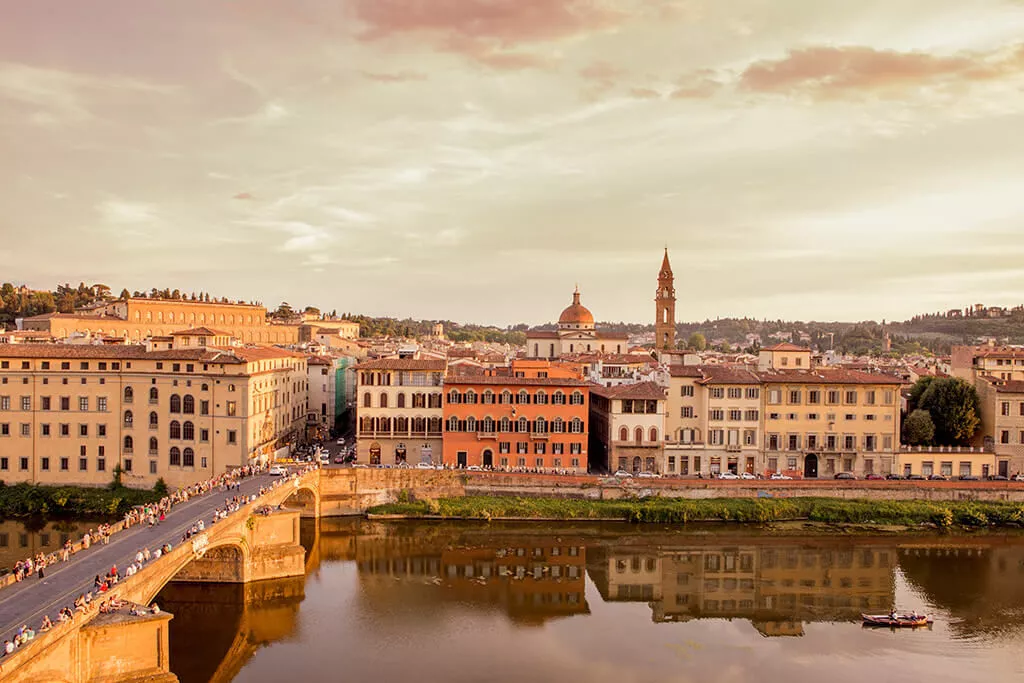
The Frescobaldis established their presence in the Oltrarno district of Florence, in the Piazza de’ Frescobaldi, where they built their palazzo, covered loggia, and tower. In 1252, Lamberto Frescobaldi constructed the first bridge, built of wood, over the Arno, today’s Ponte Santa Trinita, to connect his own properties with Florence’s historic centre.
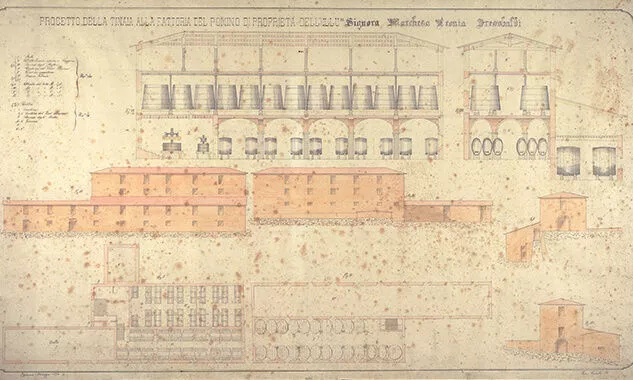
In 1855, the forebears of the family introduced hitherto unknown vine varietals in Tuscany, including Cabernet Sauvignon, Merlot, Pinot Nero and Chardonnay, paving the way for the future.
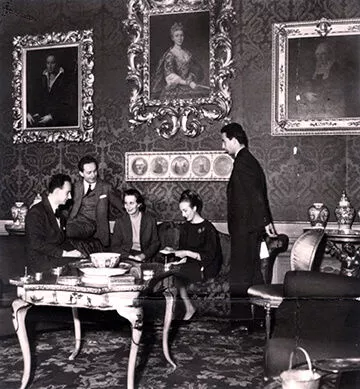
The 20th century was characterised by the activities of Vittorio, Ferdinando and Leonardo Frescobaldi, who elevated Tuscany to a place of excellence for viticulture.
.webp)
Today the 30th generation aims to further strengthen the company through the uniqueness of the wines from each family estate.

A commitment to viticulture and to agriculture in general has always been a prominent hallmark of the Frescobaldi family, who have been producing wine in Tuscany for seven hundred years, beginning in the early 1300s. And that family history is filled with illustrious ancestors: literary figures, explorers, musicians, financiers, bishops, and statesmen. The Frescobaldi archives boast many ancient documents and historical registers, such as commercial contracts with an array of European Courts, beginning in the 13th century. In the 15th and 16th centuries, the Florentine wine house furnished wine to the Court of England and to the Papal Court in Rome, amongst others. Even earlier, the Frescobaldis had established relationships and commercial ties with the workshops of numerous artists, among them Donatello, Michelozzo Michelozzi, and Filippo Brunelleschi.

Around the year 1000, the first members of the familymoved to Florence from the Val di Pesa, where their most ancient agricultural estate, the Tenuta Castiglioni, still flourishes today. In that era, the cities in Italy’s centre and north were making impressive advances economically, politically, and financially, to the detriment of the then-dominant feudal system. The noble families began settling in the cities, attracted by the commercial and political advantages offered by the urban agglomerations.

The Frescobaldis established their presence in the Oltrarno district of Florence, in the Piazza de’ Frescobaldi, where they built their palazzo, covered loggia, and tower. In 1252, Lamberto Frescobaldi constructed the first bridge, built of wood, over the Arno, today’s Ponte Santa Trinita, to connect his own properties with Florence’s historic centre.

In 1855, the forebears of the family introduced hitherto unknown vine varietals in Tuscany, including Cabernet Sauvignon, Merlot, Pinot Nero and Chardonnay, paving the way for the future.

The 20th century was characterised by the activities of Vittorio, Ferdinando and Leonardo Frescobaldi, who elevated Tuscany to a place of excellence for viticulture.
.webp)
Today the 30th generation aims to further strengthen the company through the uniqueness of the wines from each family estate.
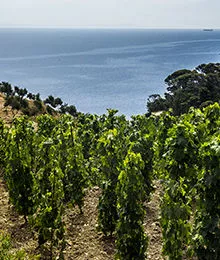
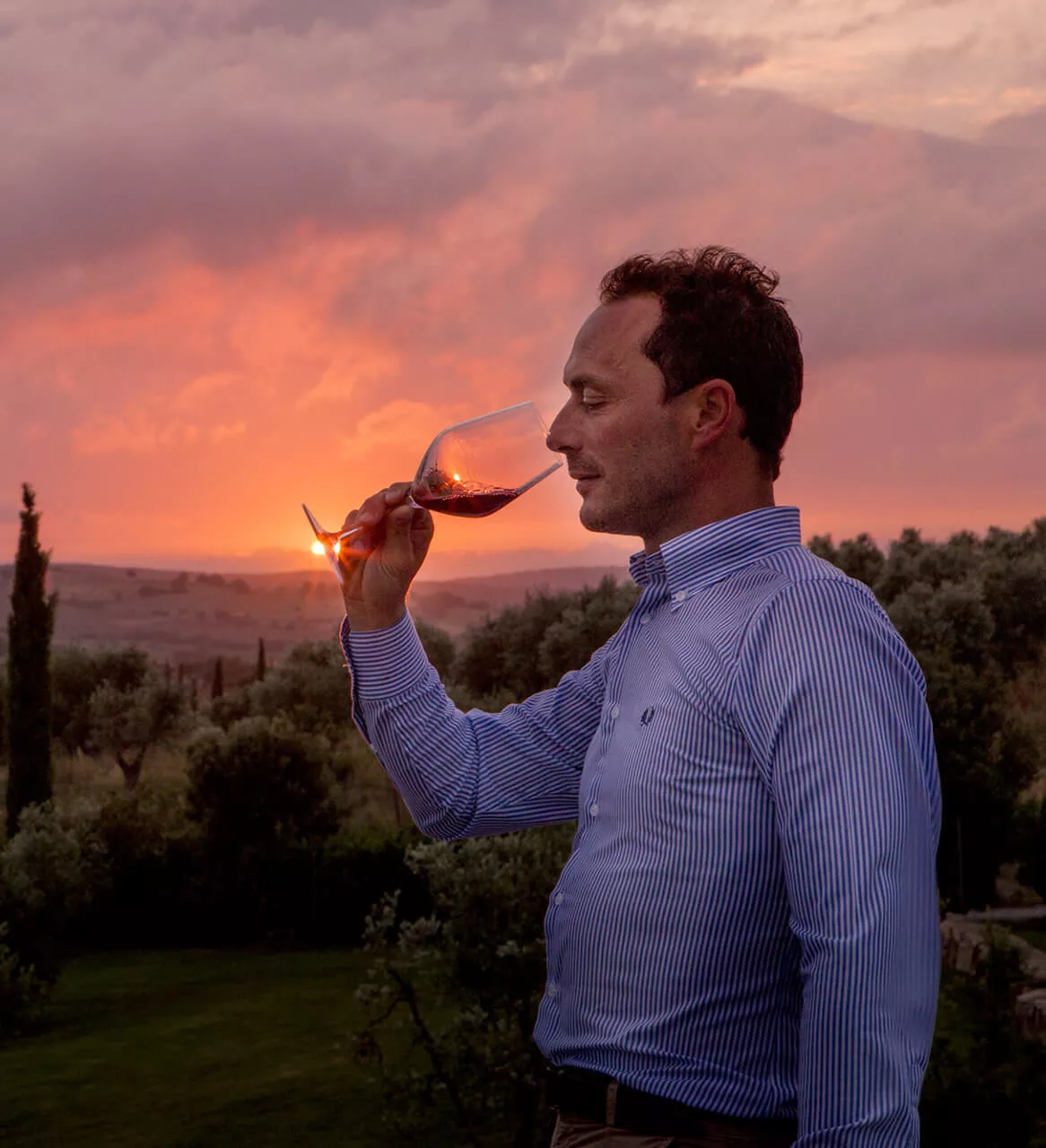
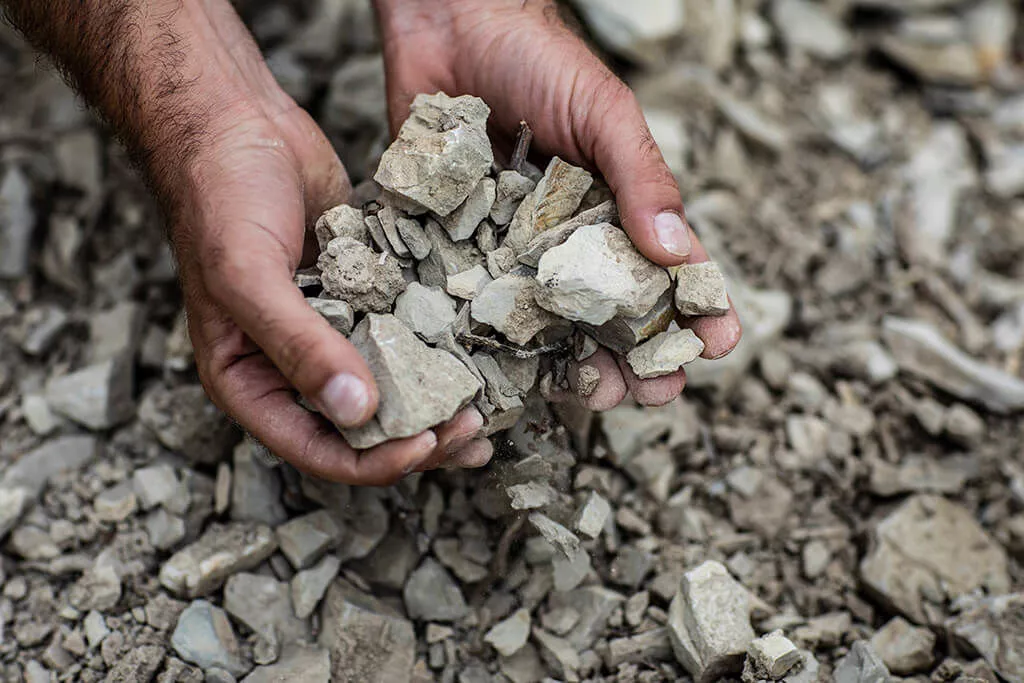
CultivatingToscanaDiversity
Cultivating Toscana Diversity
Frescobaldi interprets tuscan diversity
We want the family estates, with their vineyards, to be the expression of this diversity and for the wines to reflect each individual terroir, respecting their nature and authenticity.
Diversity is also a promise of pure tastes, from wines to olive oil to the dishes cooked in our restaurants.
And lastly, diversity is cultivated in the Renaissance of the arts and of men: with the sponsorship of the “Artists for Frescobaldi” project and the social responsibility of the rehabilitation of the prisoners of Gorgona Island.
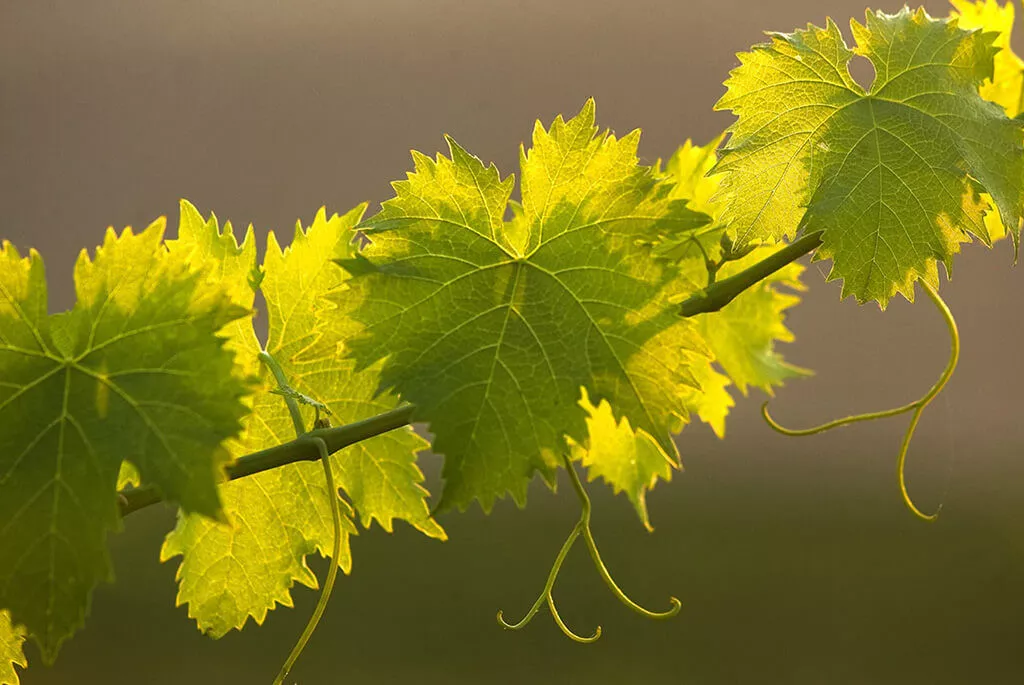
For excellent Tuscany.
At our estates we pay scrupulous attention to all principles of integrated Production and Sustainable Agriculture, and as of 2012 our estates have received AgriQualità certification from the Region of Tuscany. AgriQualità certification is awarded for the use of ecologically sustainable farming techniques compatible with the protection of the natural environment.

The estates of Castello Nipozzano and Castello Pomino were the first in Tuscany to receive PEFC certification (the international ‘Programme for the Endorsement of Forest Certification’) which guarantees sustainable management of our forests.
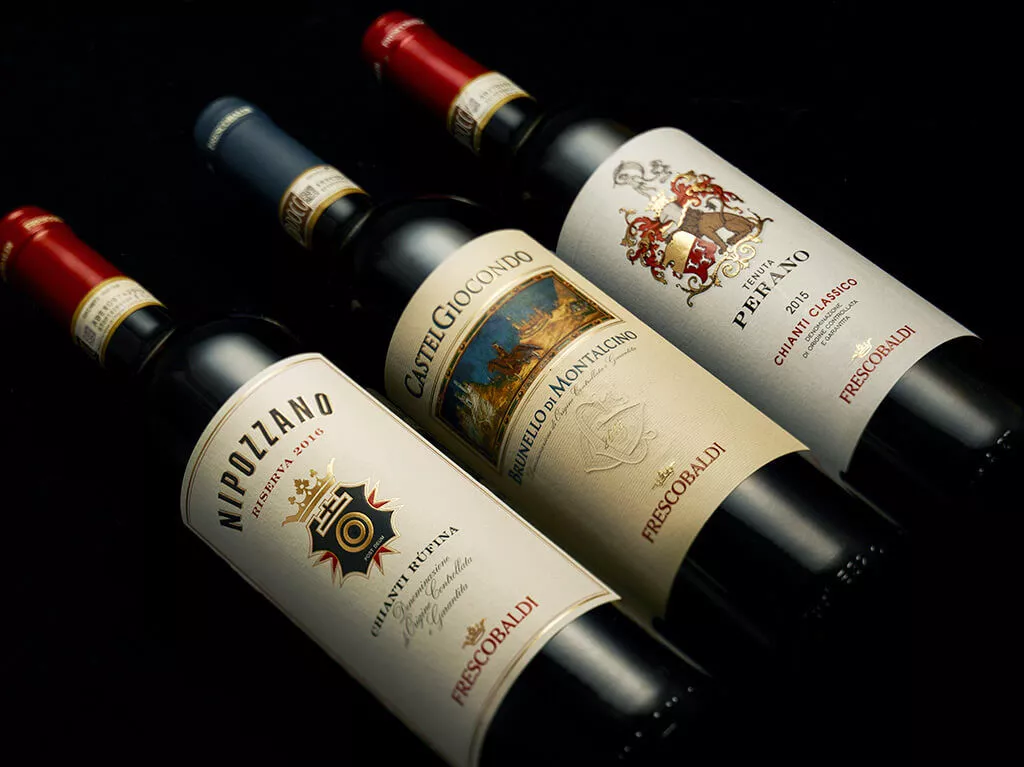
We are using new lighter-weight and environmentally friendly bottles
In order to:
- reduce the use of glass
- reduce energy and water consumption for the production
- reduce CO2 emission, during production and transportation
Thanks to these new bottles, the expected CO2 reduction, for one year, should be over 350 tons.
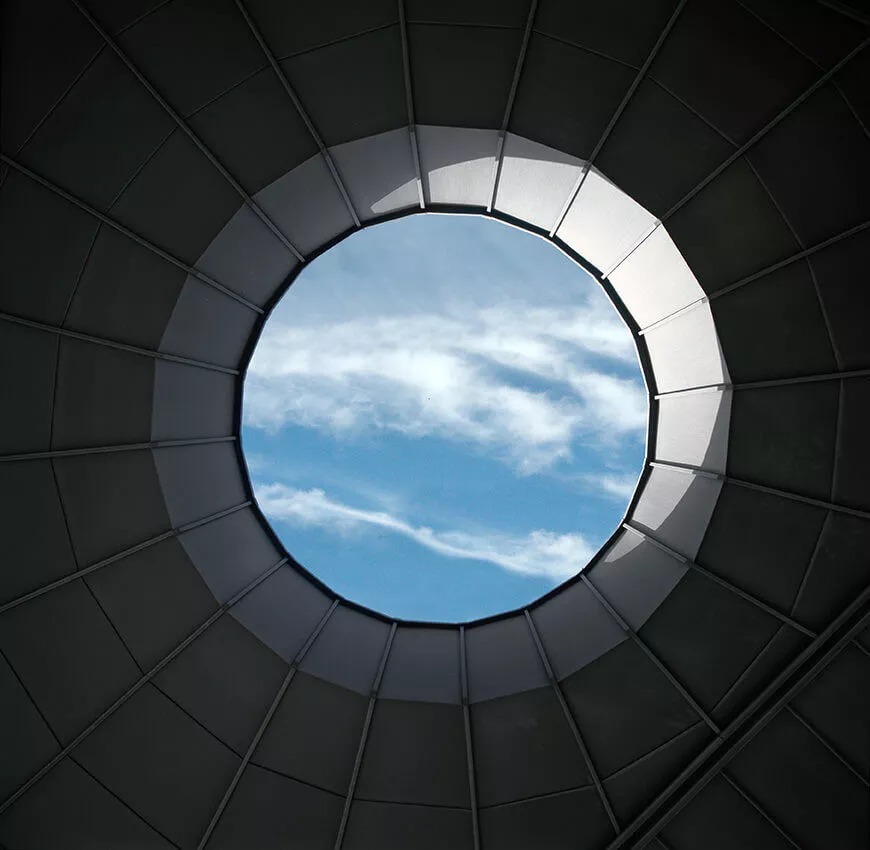
We have chosen to use photovoltaic systems as a source of renewable energy on our estates:
- the average annual energy yields of our solar panels 335.435 KWh
- the average annual CO2 decrease is 226 tonnes
A modern pyrolysis plant fuelled by wood from our PEFC-certified forests
The pyrolysis of wood waste left over from the sustainable management of our forests enables us to produce (annually):
- 1,500,000 KWh
- CO2 emissions reduced by 690
- 100 tonnes of organic soil improver for fertilising

For excellent Tuscany.
At our estates we pay scrupulous attention to all principles of integrated Production and Sustainable Agriculture, and as of 2012 our estates have received AgriQualità certification from the Region of Tuscany. AgriQualità certification is awarded for the use of ecologically sustainable farming techniques compatible with the protection of the natural environment.

The estates of Castello Nipozzano and Castello Pomino were the first in Tuscany to receive PEFC certification (the international ‘Programme for the Endorsement of Forest Certification’) which guarantees sustainable management of our forests.

We are using new lighter-weight and environmentally friendly bottles
In order to:
- reduce the use of glass
- reduce energy and water consumption for the production
- reduce CO2 emission, during production and transportation
Thanks to these new bottles, the expected CO2 reduction, for one year, should be over 350 tons.

We have chosen to use photovoltaic systems as a source of renewable energy on our estates:
- the average annual energy yields of our solar panels 335.435 KWh
- the average annual CO2 decrease is 226 tonnes
A modern pyrolysis plant fuelled by wood from our PEFC-certified forests
The pyrolysis of wood waste left over from the sustainable management of our forests enables us to produce (annually):
- 1,500,000 KWh
- CO2 emissions reduced by 690
- 100 tonnes of organic soil improver for fertilising
info@frescobaldi.it |+39 055/27141